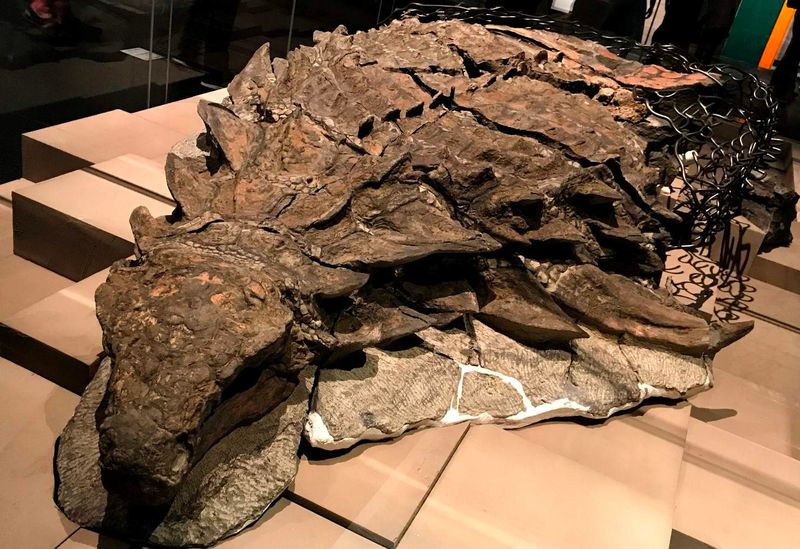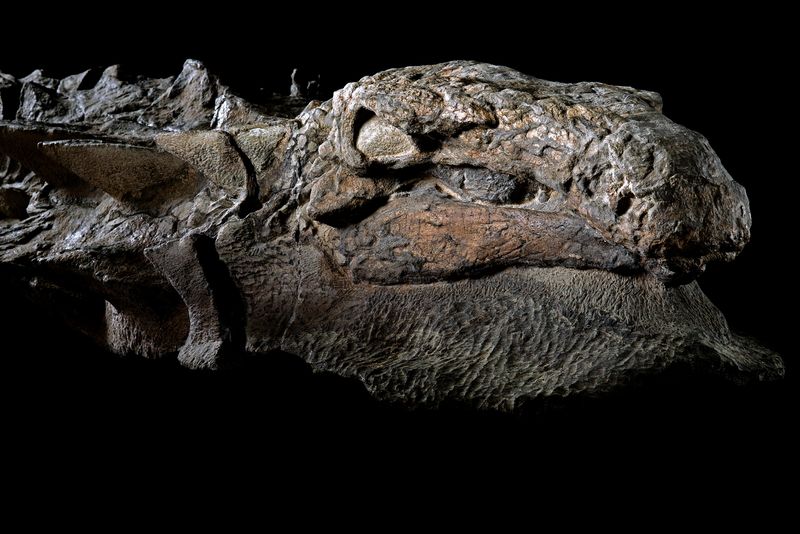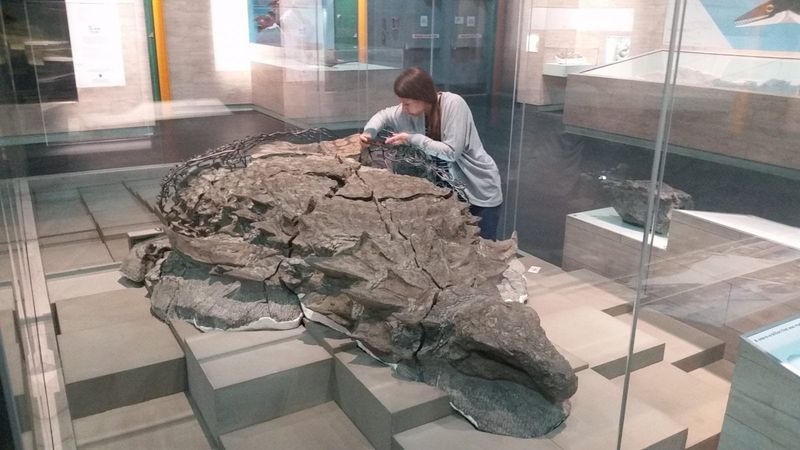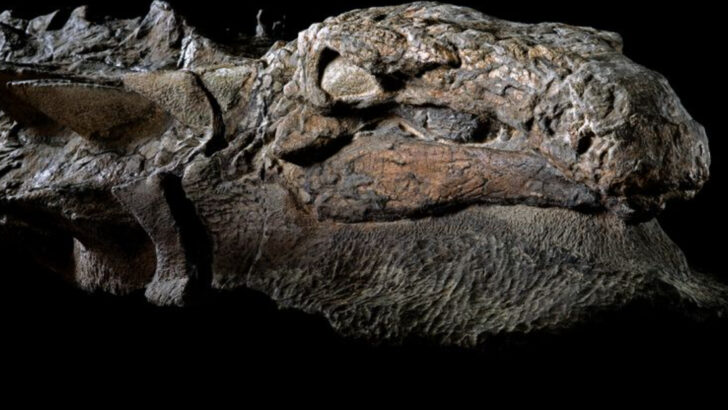Some dinosaurs turned into fossils. This one looks like it fell asleep.
Meet the world’s best-preserved dinosaur—a creature so intact it still has skin, armor, and the unmistakable shape of a prehistoric giant. This isn’t just a pile of bones; it’s a dinosaur frozen in time, like it walked out of history and into a museum.
But the way it was discovered? That’s where things get weird. A miner wasn’t digging for fossils—he was searching for something completely different when he stumbled upon this prehistoric masterpiece. What happened next sounds more like a Hollywood script than real life.
How did this dinosaur survive millions of years looking this good? And what makes it so special? Let’s dive into the bizarre, almost unbelievable story of the world’s most perfectly preserved dino.
Discovery of the Nodosaur

The discovery of the nodosaur fossil was nothing short of extraordinary. In 2011, miners at the Suncor Millennium Mine in Alberta, Canada, stumbled upon this prehistoric treasure. Initially mistaking it for a large rock, they soon realized its significance. Their find was hailed as the best-preserved dinosaur fossil ever unearthed. This nodosaur, a 110-million-year-old giant herbivore, had remained encased in its rocky tomb until revealed by mining operations. Its immaculate preservation provided scientists with an unprecedented glimpse into the distant past. The careful excavation took over 7,000 hours, showcasing its intricate details.
Remarkable Preservation

The nodosaur’s preservation is truly exceptional. Unlike typical dinosaur fossils, this specimen retained its skin and armor, offering a rare look at its original appearance. Such detail allowed paleontologists to study its physical characteristics closely. The fossil’s three-dimensional nature was preserved because it was buried quickly in a riverbed, shielding it from decomposition. Its armor and scales appeared as if they belonged to a creature that had just walked out of prehistory. This rare preservation is pivotal for scientists to understand dinosaur physiology and behavior. It stands as a testament to nature’s ability to preserve history.
Scientific Revelations

The nodosaur fossil has become a scientific treasure trove. Its study has provided insights into dinosaur biology, like diet and behavior patterns, which were previously theoretical. By analyzing its stomach contents, scientists confirmed it fed on ferns and cycads. This discovery has sparked discussions about the ecology of its habitat. Additionally, the fossil’s condition has shed light on muscle structure and movement. Such revelations have broadened our understanding of nodosaurs and their environment. The fossil continues to fuel new research, proving invaluable in piecing together the ancient world’s complex puzzle. Its story is far from over.

